Quick Connections

Eda Tanrıkulu Şimşek
She has been working as an internal medicine specialist and medical oncology specialist at Anadolu Medical Center since 2021.
Speciality
- Breast Cancer
- Urological cancers
- Lung cancer
- Colon and rectum cancers
- Stomach cancer
- Pancreatic cancer
- Esophageal cancer
- Gynecological cancers
- Malignant melanoma
- Soft tissue sarcomas and bone tumors
- Individualized treatments
Education
- 2005-Ankara University Faculty of Medicine, Medical Doctor, Ankara
- 2012-Istanbul University, Cerrahpaşa Faculty of Medicine, Specialist in Internal Medicine, Istanbul
- 2017-Marmara University, Faculty of Medicine, Specialist in Medical Oncology, Istanbul
Institutions Worked At
2013 yılı Türk Hematoloji Derneği, Hematoloji Tez Ödülü
- Turkish Society of Medical Oncology (TTOD)
- European Society of Medical Oncology( ESMO)
- American Society of Medical Oncolgy (ASCO)
- Turkish-Chinese Cooperation Project,Colorectal Cancer Exchange Program, Shanghai, China. 2014
- Oxford University Radcliffe Department of Medicine, Metastatic Colorectal Cancer Preceptorship, Oxford, England, 2015
- The CHRISTIE Preceptorship on Lung Cancer- ESMO, Manchester, England, 2016
- European Melanoma Experience Exchange:focus on Therapy, Essen, Germany(Online), 2020
1- Simsek ET, Coban E, Atag E, Gungor S, Sari M, Gurleyik G. The Role of FDG PET/CT to Evaluation of Axillary Lymph Nodes after Neoadjuvant Chemotherapy in Breast Cancer. J Coll Physicians Surg Pak. 2021 Jul;30(7):792-797.
2- Tanrikulu Simsek E, Eskazan AE, Cengiz M, Ar MC, Ekizoglu S, Salihoglu A, Gulturk E, Elverdi T, Ongoren Aydin S, Senem Demiroz A, Buyru AN, Baslar Z, Ozbek U, Ferhanoglu B, Aydin Y, Tuzuner N, Soysal T. Imatinib reduces bone marrow fibrosis and overwhelms the adverse prognostic impact of reticulin formation in patients with chronic myeloid leukaemia. J Clin Pathol. 2016 Sep;69(9):810-6.
3- Tanrikulu Simsek E, Dane F. Nutrition in Cancer Patients Who Have Problems in Oral Taking. Türkiye Klinikleri Tıbbi Onkoloji Kanser ve Beslenme Özel sayısı. Turkiye Klinikleri J Med Oncol-Special Topics. 2016;9(3):58-64.
4- Tanrikulu Simsek E, Dane F. Primary Central Nervous System Lymphomas: Diagnosis, Staging and Systemic Treatment. Erişkin Santral Sinir Sistemi Tümörleri Özel sayısı. Turkiye Klinikleri J Med Oncol-Special Topics. 2019. p.78-83.
5- Tanrıkulu Şimşek E, Beşiroglu M, Aktaş B, Koca S, Halil S, Alan Ö, Hasanov R, Akgül Babacan N, Öztürk MA, Kaya S, Ozdogan OC, Dane F, Yumuk PF. Can we Restart Vemurafenib after Severe Hepatotoxicity? A Case Report. J J Gastro Hepato. 2015, 2(4): 025.
6- Simsek ET, Coban E, Atag E, Gungor S, Aker F, Sari M. The Effect of FDG-PET/CT on Clinical Prognostic Staging of Breast Cancer Patients Planning Neoadjuvant Treatment. J Coll Physicians Surg Pak. 2021
7- Tanrıkulu Şimşek E, Bayram B, Yıldırım A, Eşkazan AE. Is it possible to predict the pCR with CBC? A commentary on "correlation analysis of lymphocyte-monocyte ratio with pathological complete response and clinical prognosis of neoadjuvant chemotherapy in patients with breast cancer" by Meng et al. Transl Oncol. 2022 Jun;20:101403. doi: 10.1016/j.tranon.2022.101403. Epub 2022 Mar 23.
8- Alan O, Akin Telli T, Ercelep O, Tanrikulu Simsek E, Basoglu Tuylu T, Mutis A, Hasanov R, Kaya S, Akgül Babacan N, Dane F, Yumuk PF. Chordoma: a case series and review of the literature. J Med Case Rep. 2018 Aug 27;12(1):239.
9- Alan O, Telli TA, Ercelep O, Hasanov R, Simsek ET, Mutis A, Ones T, Kaya H, Yumuk PF. A case of primary squamous cell carcinoma of the breast with pathologic complete response after neoadjuvant chemotherapy. Curr Probl Cancer. 2019 Aug;43(4):308-311
10- Kaya S, Aktas B, Tanrikulu Simşek E, Akif Ozturk M, Dede F, Kaya H, Ugurlu U, Ozgen Z, Koca S, Halil S, Hasanov R, Alan O, Akgul Babacan N, Ercelep O, Dane F, Gumus M, Yumuk F. Changes in 18F-FDG-PET/CT tumor metabolism are not consistent with pathologic complete response in hormone-positive breast cancer. J BUON. 2017 Sep-Oct;22(5):1191-1198.
11- Gurleyik G, Aksu SA, Aker F, Tekyol KK, Tanrikulu E, Gurleyik E. Targeted axillary biopsy and sentinel lymph node biopsy for axillary restaging after neoadjuvant chemotherapy. Ann Surg Treat Res. 2021 Jun;100(6):305-312.
12- Kaytaz Tekyol K, Gurleyik G, Aktaş A, Aker F, Tanrikulu E, Tekyol D. Pathological Complete Response to Neoadjuvant Chemotherapy in Patients With Breast Cancer: The Relationship Between Inflammatory Biomarkers and Molecular Subtypes. Cureus. 2021 Apr 30;13(4):e14774. doi: 10.7759/cureus.14774. PMID: 34094739; PMCID: PMC8164848.
13- Demirelli B, Babacan NA, Ercelep Ö, Öztürk MA, Kaya S, Tanrıkulu E, Khalil S, Hasanov R, Alan Ö, Telli TA, Koca S, Arıbal ME, Kuzan B, Dane F, Yumuk PF. Modified Glasgow Prognostic Score, Prognostic Nutritional Index and ECOG Performance Score Predicts Survival Better than Sarcopenia, Cachexia and Some Inflammatory Indices in Metastatic Gastric Cancer. Nutr Cancer. 2021;73(2):230-238.
14- Demircan NC, Dane F, Ozturk MA, Babacan NA, Besiroglu M, Kaya S, Ercelep O, Tanrikulu E, Halil S, Koca S, Alan O, Hasanov R, Yumuk PF. Assessment of survival and prognostic factors in metastatic colorectal cancer patients treated with first-line bevacizumab-based therapy. J BUON. 2019 Jul-Aug;24(4):1494-1500.
15- Dulundu E, Attaallah W, Tilki M, Yegen C, Coskun S, Coskun M, Erdim A, Tanrikulu E, Yardimci S, Gunal O. Simultaneous resection for colorectal cancer with synchronous liver metastases is a safe procedure: Outcomes at a single center in Turkey. Biosci Trends. 2017 May 23;11(2):235-242.
16- Aydin D, Sendur MA, Kefeli U, Umut Unal O, Tastekin D, Akyol M, Tanrikulu E, Ciltas A, Bala Ustaalioglu B, Sener Dede D, Esbag O, Inal A, Bilir C, Bilici A, Harputlu H, Berk V, Sevinc A, Yildirim Ozdemir N, Yildirim E, Sonkaya A, Ali Ustaoglu M, Gumus M. Evaluation of prognostic factors and treatment in advanced small bowel adenocarcinoma: report of a multi-institutional experience of Anatolian Society of Medical Oncology (ASMO). J BUON. 2016 Sept-Oct;21(5):1242-1249.
17- Demirci NS, Aksoy S, Özdemir NY, Erdem GU, Ozcelik M, Tanrikulu E, Eren T, Bozkaya Y, Sahin S, Başol F, Aslan SA, Zengin N, Güllü İ. Modified docetaxel, cisplatin and fluorouracil therapy as the first-line treatment for patients with recurrent/metastatic squamous cell carcinoma of the head and neck cancer: a retrospective study. Curr Med Res Opin. 2017 Mar;33(3):401-407.
18- Aydin D, Sendur MA, Kefeli U, Unal OU, Tastekin D, Akyol M, Tanrikulu E, Ciltas A, Ustaalioglu BB, Uysal M, Esbag O, Yazilitas D, Tanrıverdi O, Bilici A, Arpaci E, Berk V, Yetisyigit T, Ozdemir NY, Oztop I, Alacacioglu A, Aydin O, Ozcelik M, Yildirim E, Dinc N, Gumus M. Evaluation of Prognostic Factors and Adjuvant Chemotherapy in Patients With Small Bowel Adenocarcinoma Who Underwent Curative Resection. Clin Colorectal Cancer. 2017 Sep;16(3):220-227.
19- Arı MC, Büyüktaş D, Eşkazan AE, Ongören Aydın S, Tanrıkulu E, Başlar Z, Buyru AN, Ferhanoğlu B, Aydın Y, Tüzüner N, Soysal T. The Association Between JAK2V617F Mutation and Bone Marrow Fibrosis at Diagnosis in Patients with Philadelphia-Negative Chronic Myeloproliferative Neoplasms. Turk J Haematol. 2012 Sep;29(3):242-7.
20- Ugurlu S, Caglar E, Yesim TE, Tanrikulu E, Can G, Kadioglu P. Evaluation of thyroid nodules in Turkish population. Intern Med. 2008;47(4):205-9.
21- Ercelep O, Alan O, Telli TA, Tuylu TB, Arıkan R, Demircan NC, Simsek ET, Babacan NA, Kaya S, Dane F, Bozkurtlar E, Ones T, Lacin T, Yumuk PF. Differences in PET/CT standardized uptake values involvement and survival compared to histologic subtypes of lung adenocarcinoma. Tumori. 2021 Jun;107(3):231-237.
22- Seyahi E, Baskurt M, Melikoglu M, Akman C, Olgun DC, Simsek E, Hamuryudan V, Kucukoglu S, Yazici H. The estimated pulmonary artery pressure can be elevated in Behçet's syndrome. Respir Med. 2011 Nov;105(11):1739-47.
23- Ercelep Ö, Akın Telli T, Alan Ö, Hasanov R, Tanrıkulu Şimşek E, Akgül Babacan N, Kaya S, Kaya H, Dane F, Yumuk PF. Smokers having activating egfr mutant non-small cell lung cancer might Benefit from EGFR-TKI Treatment – Single-Center Experience. Turk J Oncol 2020;35(3):334–9.
24- Bavunoğlu I, Balta M, Tanrıkulu E, Türkmen Z, İkizceli İ. Unexpected Diagnosis in the Metropolis: Organophosphate Poisoning. JAEMCR 2012; 3(2): 52-5.
25- Oven B, Celik S, Okten IN, Tanrıkulu E, Aliyev A, Seker M. Approachment to the Brain Metastasis without Extracranial Metastasis of the HER2 Positive Metastatic Breast Cancer. Volume 3(6): 2-6. 2020.
26- Alan Ö, Ercelep Ö, Akın Telli T, Tanrıkulu Şimşek E, Hasanov R, Başoğlu T, Öztürk MA, Kaya S, Akgül Babacan Nİ Laçin T, Bozkurtlar E, Dane F, Yumuk PF. Opere Erken Evre Akciğer Kanseri Hastalarında Prognostik Faktörler Retrospektif Tek Merkez Sonuçları. Namık Kemal Tıp Dergisi 2020; 8(3): 376 - 382.
27- Gungor S, Gunaydin UM, Yakar HI, Simsek ET, Akbiyik AG, Keskin H. Total Lesion Glycolysis Obtained by FDG PET/CT in Diagnosing Solitary Pulmonary Nodules. J Coll Physicians Surg Pak. 2023 Jan;33(1):27-31. doi: 10.29271/jcpsp.2023.01.27.PMID: 36597231
28- Sari M, Atag E, Demir T, Simsek ET, Coban E, Cikrikcioglu M. Deficient Mismatch Repair and Lymphocytic Response to Tumor as Prognostic Markers in Stage II Colon Cancer Patients. J Coll Physicians Surg Pak. 2022 Feb;32(2):186-192. doi: 10.29271/jcpsp.2022.02.186.PMID: 35108789
29- Caliskan Yildirim E, Atag E, Coban E, Umit Unal O, Celebi A, Keser M, Uzun M, Keskinkilic M, Tanrikulu Simsek E, Sari M, Yavuzsen T. The effect of low HER2 expression on treatment outcomes in metastatic hormone receptor positive breast cancer patients treated with a combination of a CDK4/6 inhibitor and endocrine therapy: A multicentric retrospective study. Breast. 2023 Aug;70:56-62. doi: 10.1016/j.breast.2023.06.006. Epub 2023 Jun 14.
30- Aker FV, Ekren E, Dogan M, Gurleyik G, Tanrikulu E, Oven BB. Clinicopathological Features and Prognosis of Invasive Micropapillary Carcinoma Compared to Invasive Ductal Carcinoma-NOS: Worse or Better? J Coll Physicians Surg Pak. 2022 Sep;32(9):1196-1201. doi: 10.29271/jcpsp.2022.09.1196.PMID: 36089720
Areas of Interest

Chemotherapy is a special form of drug treatment aimed at stopping or destroying the growth and reproduction of cancer cells that multiply uncontrollably in the human body and damage healthy tissues.

Each organ that makes up the hormone system plays vital roles for our body.

There are ongoing developments in cancer treatment every day. In addition to chemotherapy and radiotherapy methods that have been used for many years, immunotherapy, a type of treatment using drugs, has begun to provide longer-lasting control over cancer in recent years. By activating a person's immune system, immunotherapy enables the individual's own immune cells to fight cancer cells more effectively.

There are ongoing developments in cancer treatment every day. In addition to chemotherapy and radiotherapy methods that have been used for many years, immunotherapy, a type of treatment using drugs, has begun to provide longer-lasting control over cancer in recent years. By activating a person's immune system, immunotherapy enables the individual's own immune cells to fight cancer cells more effectively.
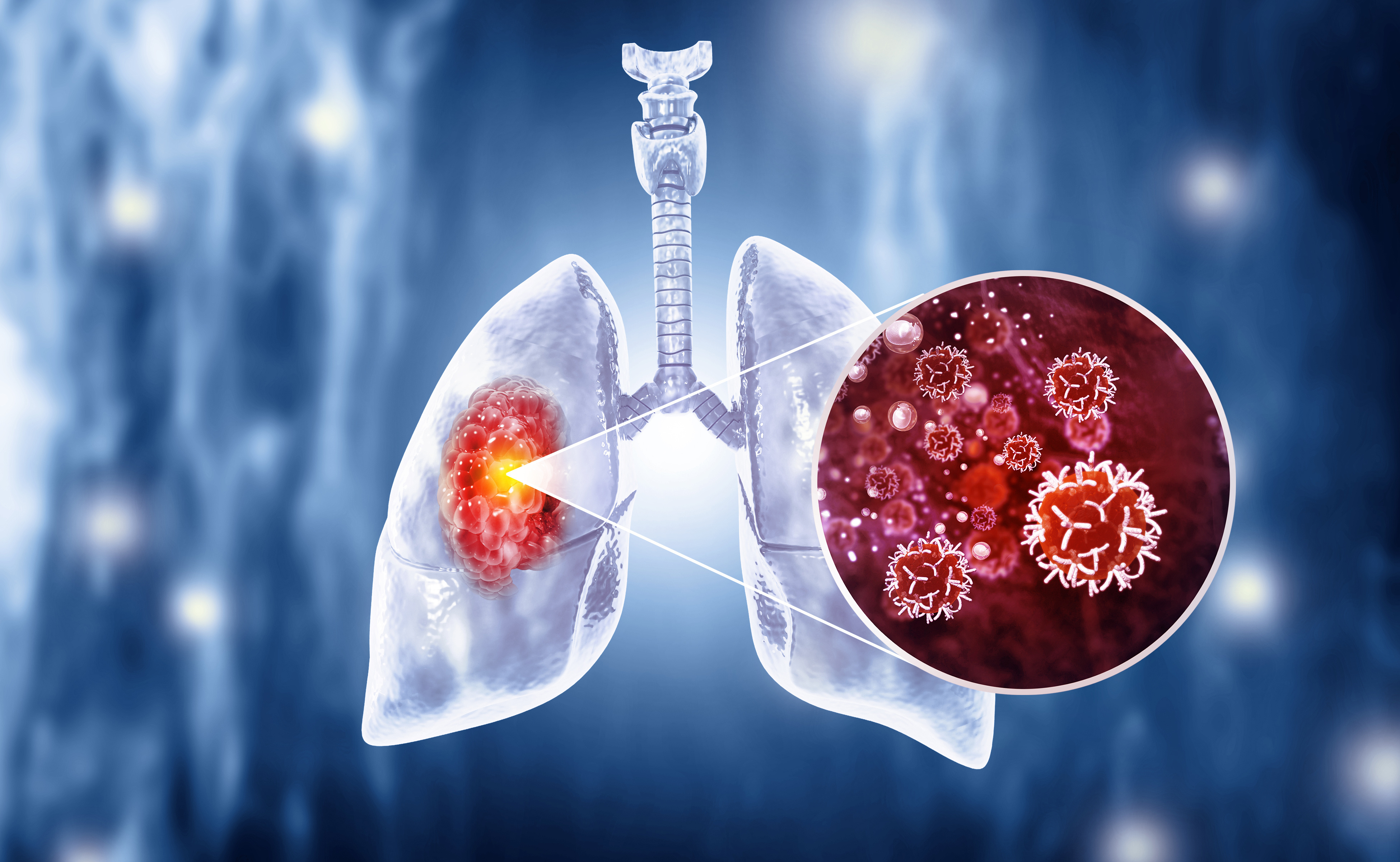
Lung cancer, which ranks first among cancer diseases that lead to death worldwide, is a significant public health issue that causes the death of over 1.7 million people each year. The symptoms and signs that appear in the early stages of the disease are often unnoticed, and critical symptoms like coughing, especially in smokers, are largely overlooked. This situation leads to lung cancer being detected at very late stages, significantly reducing the chances of treatment. Having accurate information about lung cancer, being able to recognize early symptoms, and regularly participating in screening programs in the presence of risk factors are crucial for properly diagnosing and treating lung cancer.

The gallbladder is an organ that is part of the digestive system and plays a role in producing bile, which is necessary for fat metabolism. The gallbladder, which stores and secretes bile, is located in the upper right part of the abdomen. Due to various reasons, changes can begin to occur in the cells of the gallbladder, and these cellular changes may lead to the development of cancer. Gallbladder cancer, which can present with symptoms such as abdominal pain and bloating, is a serious medical condition that requires intervention.

Malignant tumor formations developing within the liver are referred to as liver cancer. The liver is the largest internal organ of the body. It is responsible for performing many vital functions, including the removal of various wastes from the body, absorption of various nutrients, and wound healing. Located in the upper right part of the abdominal region, the liver is also responsible for bile production.

All tissues and organs in the body are made up of different types of cells. Over time, new cells formed by the division of healthy cells replace the cells that die. This process of cell renewal continues throughout a person's life. The timing of when cells should multiply is controlled by DNA. Due to DNA damage, cells may begin to divide unnecessarily. Cancer, one of today's serious diseases, is a condition that arises from the uncontrolled multiplication of the body's own cells.
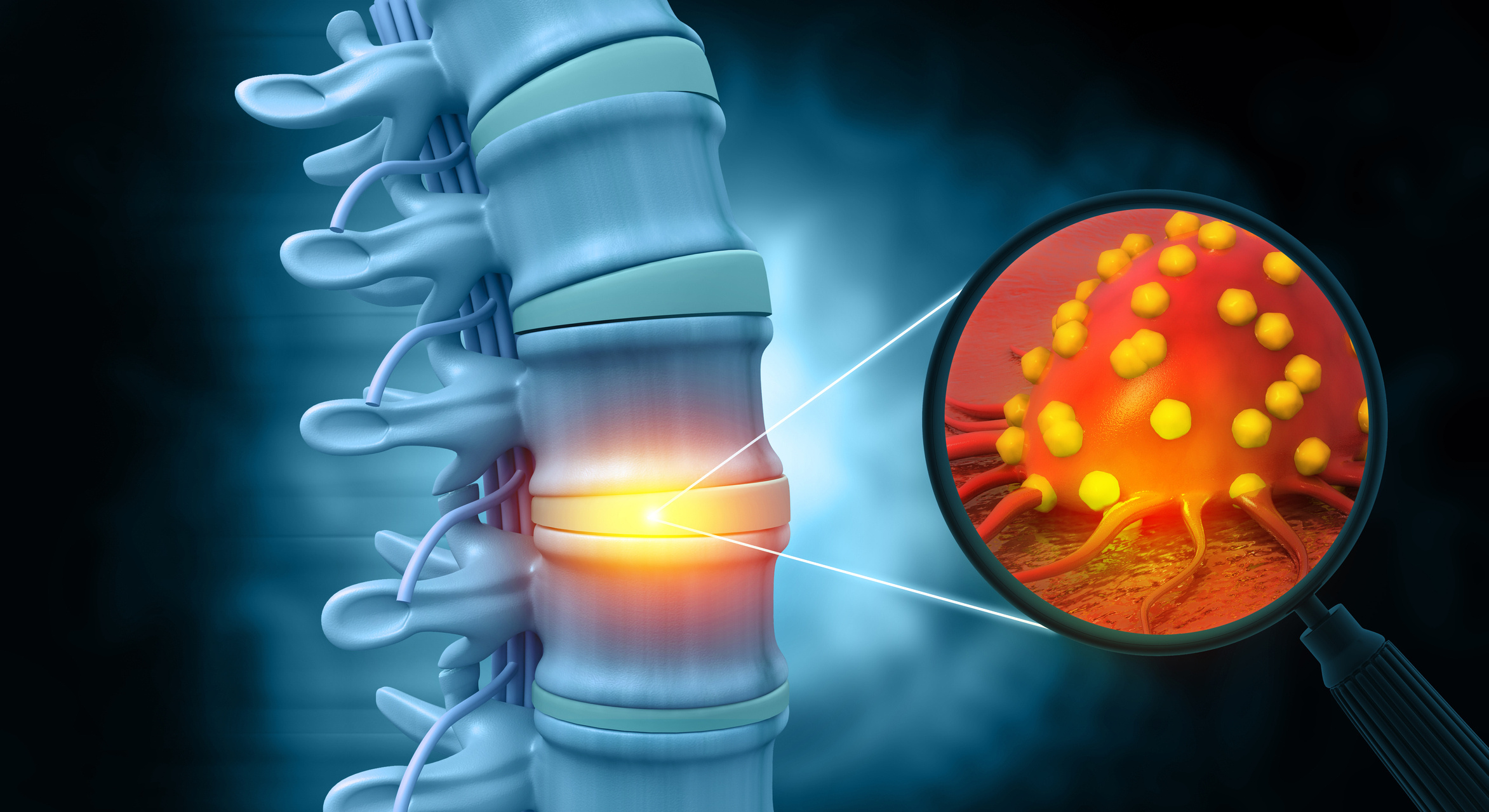
A tumor is a mass or swelling that arises from the uncontrolled division of body cells, resulting in growth within the affected tissue and/or organ. The cause of most bone tumors is unknown. As the tumor grows, it gradually spreads to healthy tissues, causing them to be replaced by abnormal tissues and weakening the bone, which can lead to pathological fractures. If necessary precautions are not taken, aggressive tumors can cause functional deficiencies within the organ system they develop in and may even threaten life by affecting the entire body's metabolism.

Cancer pain can arise from various causes such as the destruction of normal tissues due to cancer, circulatory disorders caused by blockages in blood vessels, bone fractures related to metastases, infections, inflammation, pressure from the tumor on nerves, or blockages in hollow organs or various channels. It can also result from pain that occurs in the body due to cancer treatment methods such as surgery, chemotherapy, and radiation therapy.
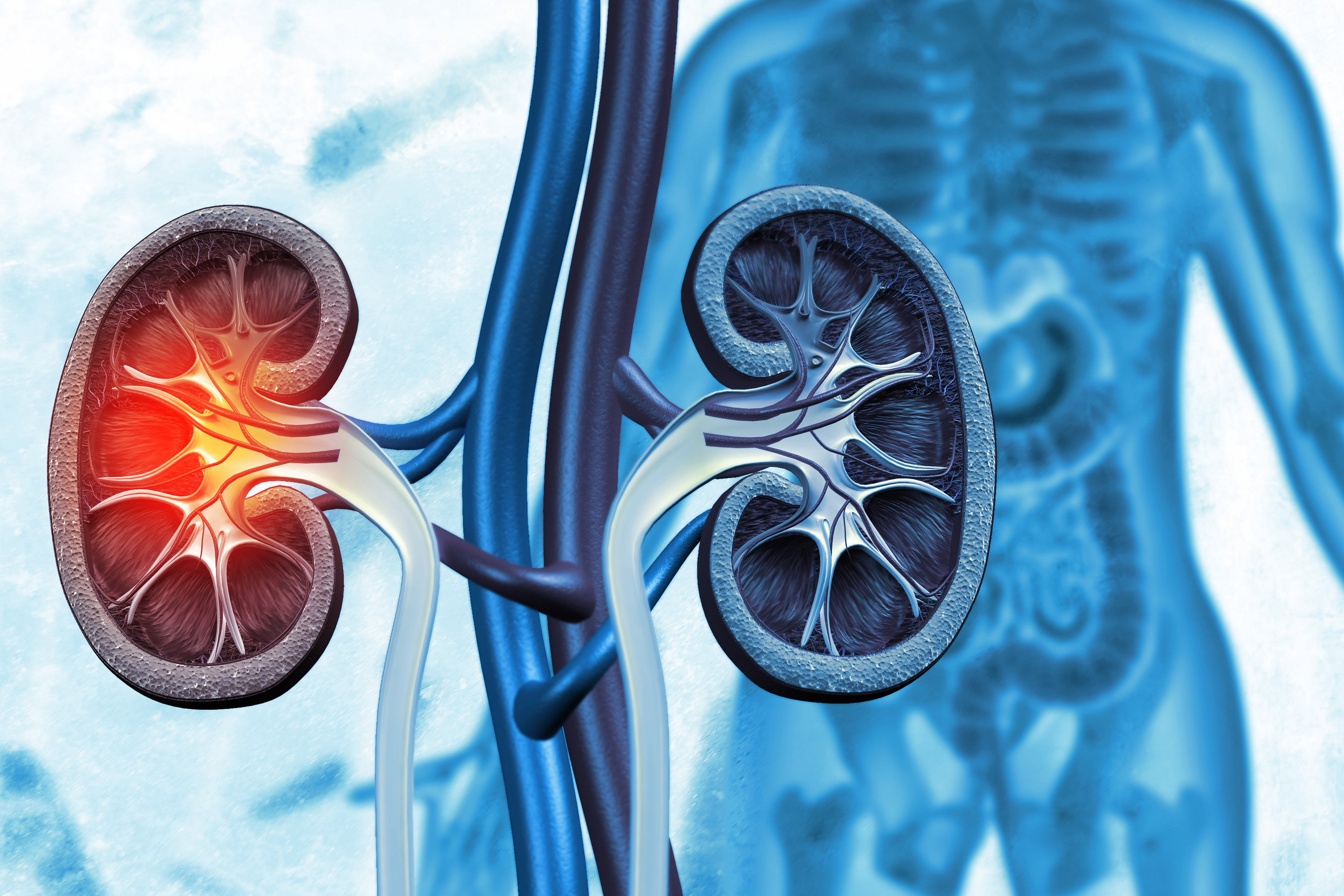

Pancreatic cancer is one of the most common types of cancer. What is pancreatic cancer, what are its symptoms, and what is done in treatment? How is the "Whipple technique," one of the most difficult surgeries in the field of general surgery, applied?

Ovarian cancer is a type of tumor that occurs due to the uncontrolled growth and proliferation of cells in the ovarian or fallopian tube tissue. Ovarian cancer, also known as ovary cancer, is among the most common cancers faced by women worldwide. Diagnosing it can sometimes be difficult because symptoms often develop in the later stages. This can prevent early detection. Commonly experienced symptoms of ovarian cancer can include pelvic pain, abdominal pain, bloating, abnormal bleeding, or vaginal discharge. The goal of ovarian cancer treatment is to remove the tumor from the body. Treatment methods include surgery, chemotherapy, targeted therapy, and radiotherapy.

There are ongoing developments in cancer treatment every day. In addition to chemotherapy and radiotherapy methods that have been used for many years, immunotherapy, a type of treatment using drugs, has begun to provide longer-lasting control over cancer in recent years. By activating a person's immune system, immunotherapy enables the individual's own immune cells to fight cancer cells more effectively.
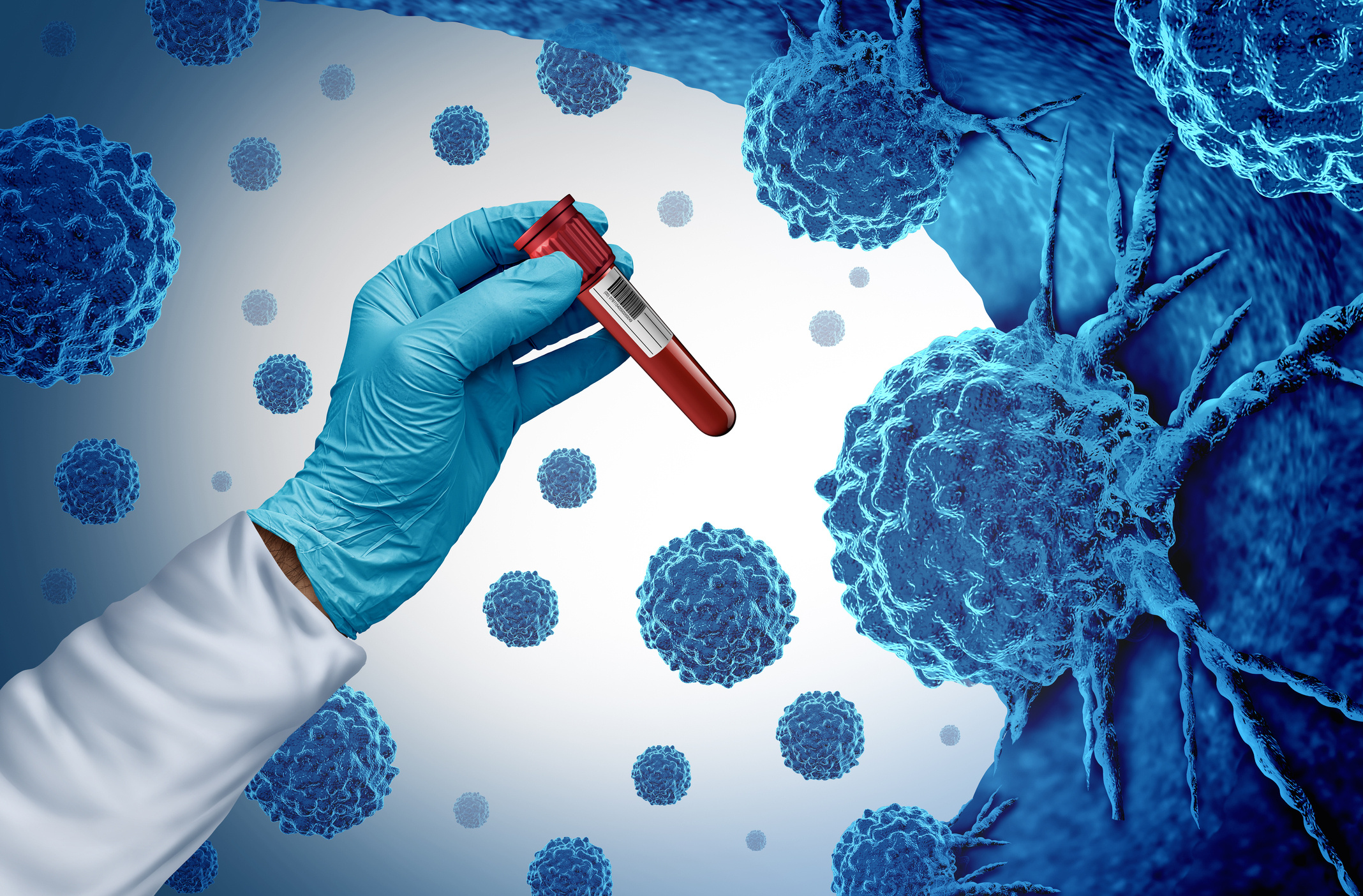
Cancer is a disease that results from the uncontrolled multiplication and growth of cells in any organ or tissue of the body. It is named according to the tissue in which it occurs. More than 200 types have been identified. The most common and fatal types of cancer are lung, stomach, liver, colon, and breast cancer. If cancer spreads from its original site to other organs and tissues, this is called metastasis.

Skin cancer occurs when DNA damage arises in the cells of the skin and this damage is not repaired, leading to uncontrolled proliferation of the damaged cells. More than 99% of skin cancers are composed of three types of cancer.
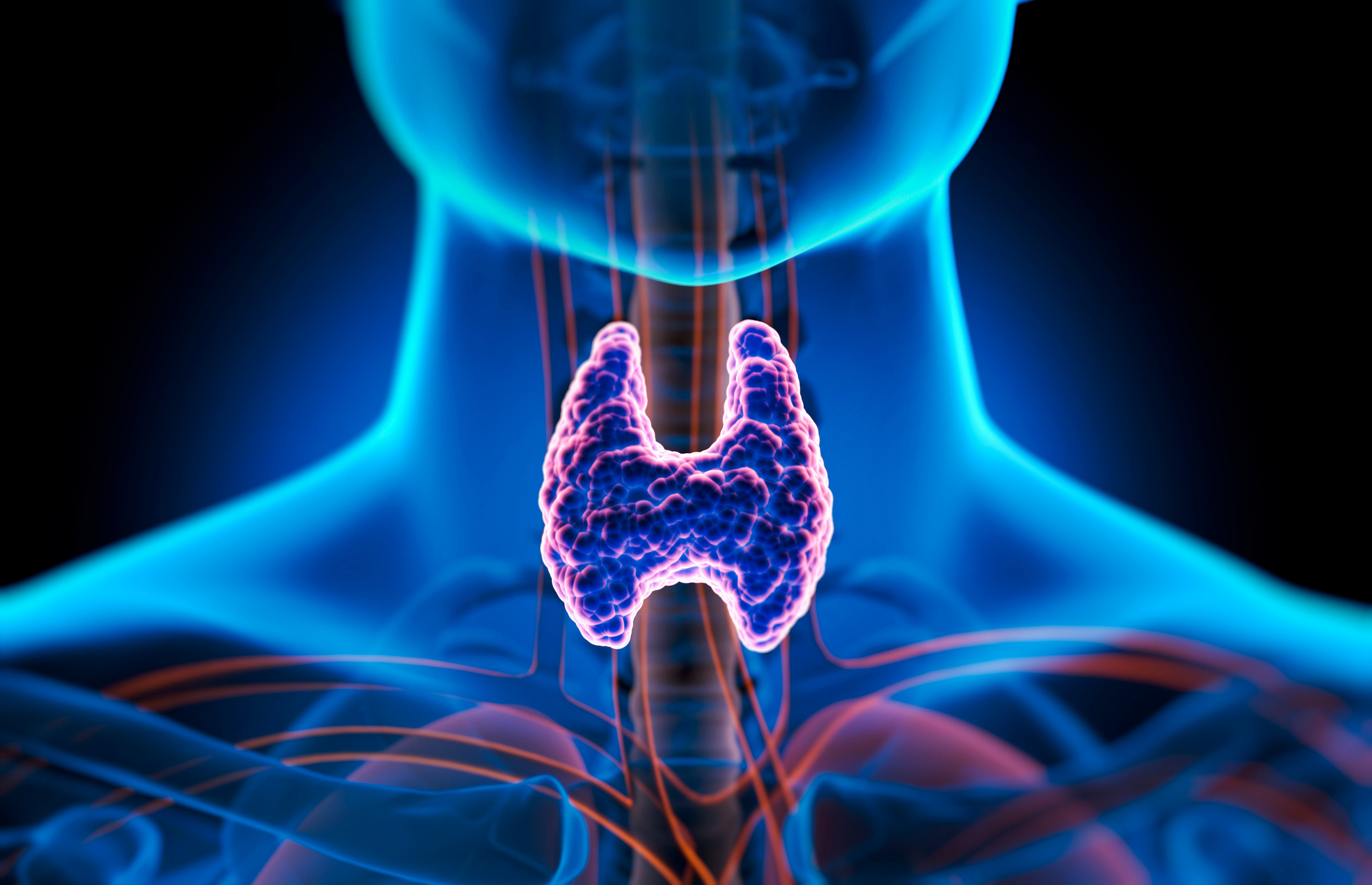
Laryngeal cancer, also known as throat cancer, is a significant health issue that affects the respiratory tract. The larynx is an organ that plays a crucial role in breathing and sound production. This type of cancer can lead to the uncontrolled proliferation of cells within the larynx, which can spread and result in severe health problems if left untreated.

Cancer is one of the significant health problems threatening human health today, and extensive efforts are being made to find a solution. Despite various diagnostic and treatment methods used so far, an effective method for curing cancer has not yet been established. For this reason, numerous research studies on cancer are being conducted internationally, utilizing various technologies for diagnosis and treatment. One of these methods is liquid biopsy.

Palliative care is highly effective in reducing the negative impacts experienced by patients and their families during the lifelong treatment process and in alleviating complications related to the disease, thereby improving the quality of life.

Lung cancer, which ranks first among cancer diseases that lead to death worldwide, is a significant public health issue that causes the death of over 1.7 million people each year. The symptoms and signs that appear in the early stages of the disease are often unnoticed, and critical symptoms like coughing, especially in smokers, are largely overlooked. This situation leads to lung cancer being detected at very late stages, significantly reducing the chances of treatment. Having accurate information about lung cancer, being able to recognize early symptoms, and regularly participating in screening programs in the presence of risk factors are crucial for properly diagnosing and treating lung cancer.
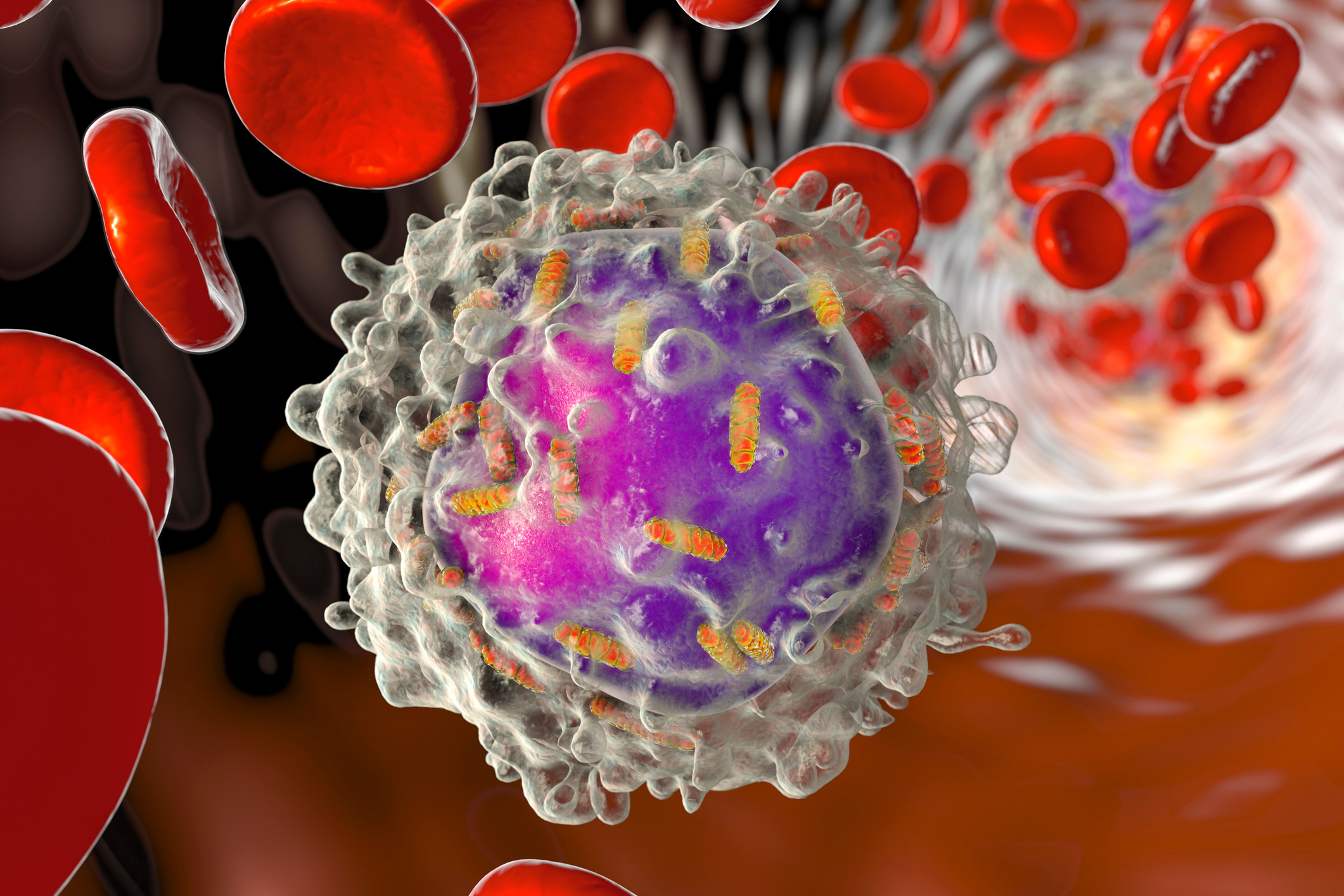
Leukemia, commonly referred to as blood cancer, is one of the most prevalent types of cancer. It originates from the bone marrow and the lymphatic system. While some types are primarily seen in children, there are also various types that occur in adults. Early diagnosis is crucial in leukemia, just as it is for all types of cancer. Although leukemia involves a complex treatment process, advancements in methods and strategies are progressively improving outcomes.

The lymphatic system, also known as the lymph or lymphoid system, is associated with both the circulatory and immune systems. This system, which consists of lymph nodes and a network of lymph vessels, circulates a fluid called lymph, made up of blood plasma and white blood cells. These white blood cells play a role in immunity by fighting disease-causing agents. Lymph nodes act as filters, cleaning out foreign disease agents and providing protection against infections and other diseases. Lymphoma, or lymph cancer, occurs due to the uncontrolled growth and proliferation of lymphocytes, the primary cells of the lymphatic system. This disease, which shows varying symptoms depending on the area of involvement, is most commonly found in the lymph nodes.

Cervical cancer is one of the most common types of cancer in women. Every year in our country, thousands of women are diagnosed with cervical cancer, and thousands of women lose their lives due to cervical cancer. It is possible to prevent deaths due to cervical cancer with vaccination and screening.

Vulvar cancer refers to malignant tumor formations that can arise on the external surface of the female genital organs. The vulva includes the clitoris and the vaginal lips, known as labia, as well as the skin surrounding the urethra (urinary canal) and vagina. Vulvar cancer often presents as a mass or ulcer that causes itching in the vulva. It can occur at any age but is most frequently diagnosed in older adults. The treatment for vulvar cancer typically involves surgery to remove the cancerous tissue along with a small amount of surrounding healthy tissue. Sometimes, this surgery may require the complete removal of the vulva. The earlier the diagnosis, the less likely it is that extensive surgery will be needed. Therefore, early diagnosis and treatment are crucial.

Human papillomavirus (HPV) is a double-stranded DNA virus. Approximately 630 million women worldwide are currently infected with HPV, which is transmitted through sexual contact. Unlike other sexually transmitted diseases, HPV can also be transmitted through skin-to-skin contact without direct penetration during sexual intercourse. Therefore, the protective effect of condoms is limited. The Center for Disease Control (CDC) in the USA reports that 50% of sexually active men and women will encounter HPV at some point in their lives. A population-based study in the USA found that one in four sexually active women tested positive for HPV DNA.

Testicles are essential organs of the male reproductive system, located in a skin sac called the scrotum behind the penis. They produce and store sperm and produce the main sex hormone, testosterone. Testicular cancer occurs due to uncontrolled growth and proliferation of cells within the testicles, forming tumors. It is one of the most common reproductive system cancers in men. Although it can progress without symptoms for a long time, it has one of the highest treatment success rates, making early diagnosis crucial.

The prostate gland is an organ of the male reproductive system, located just below the bladder, with its base in contact with the bladder, and has a pyramidal structure. The prostate surrounds the prostatic urethra, which is the channel responsible for the flow of urine from the bladder. In males who have not yet reached puberty, the prostate weighs about 2 grams, but it grows with age, reaching up to 20 grams in adult males before the age of 52. The prostate is a gland that plays a significant role in male fertility. Its primary function is to produce the fluid that nourishes sperm and ensures their protection within the seminal fluid. Prostate cancer is the uncontrolled division, proliferation, and growth of cells within the prostate gland, leading to cancer. Since prostate cancer often does not show symptoms in its early stages, diagnosis can be delayed, increasing the likelihood of metastasis.

Bladder cancer is the second most common cancer occurring along the urinary tract, starting from the kidneys. Approximately two-thirds of bladder cancers are non-fatal but tend to recur, while one-third have the potential to invade muscle tissue and subsequently metastasize to the rest of the body, exhibiting a more aggressive course.
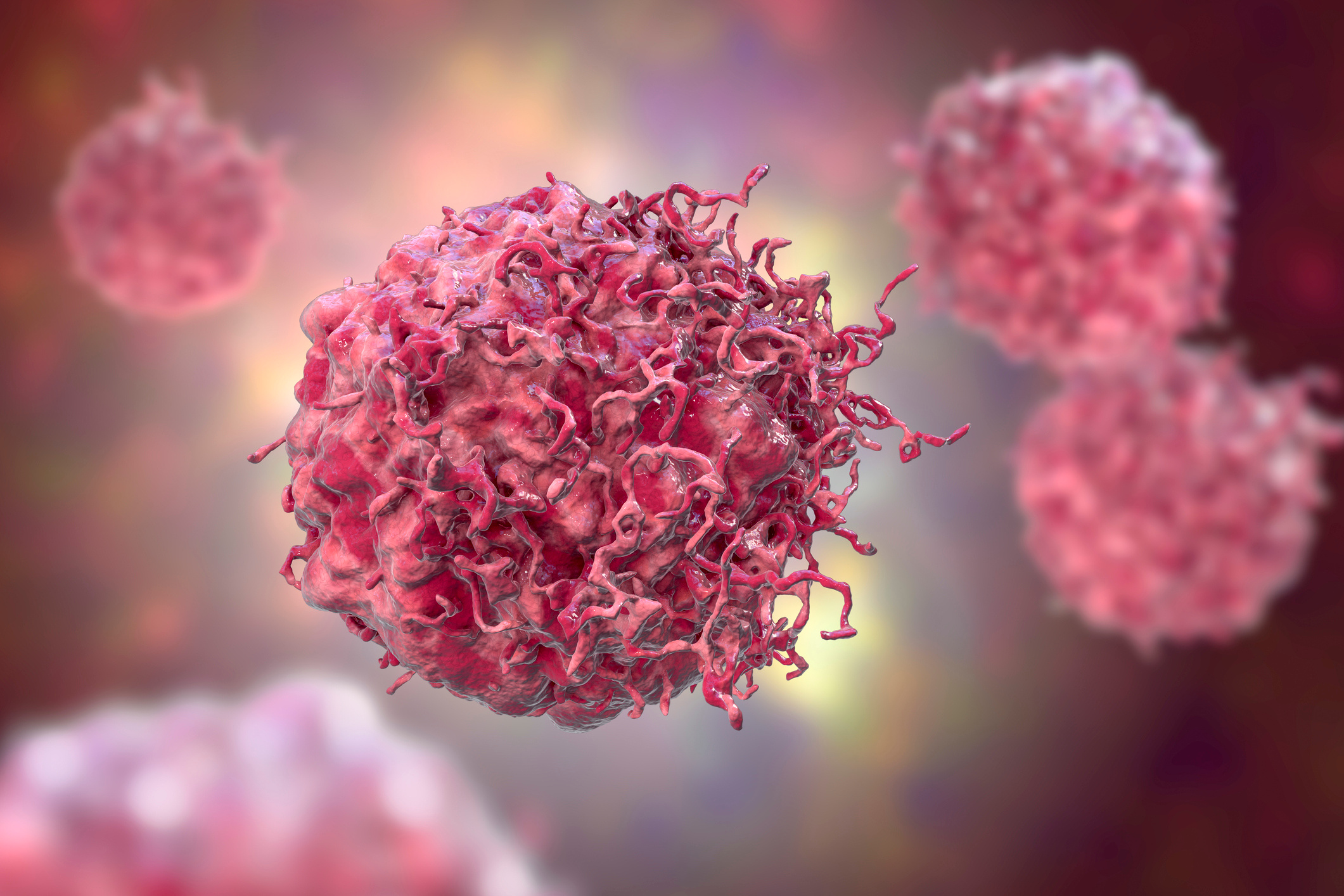
Soft tissue cancer, known in medical terms as sarcoma, is a type of malignant tumor that forms in connective tissues and is a rare type of cancer. Soft tissues are those that support, connect, or surround organs in the body, including muscle, blood vessels, nerves, tendons, and the inner lining of joints. Sarcomas can occur in childhood, young adults, and older adults. This cancer type may present as a lump or mass that can be felt in soft tissues. While sarcomas can occur anywhere in the body, they most commonly develop in the arms, legs, and abdominal region. These masses can be either painful or painless. A definitive diagnosis of soft tissue cancer is made through a biopsy, which helps determine the treatment plan. Depending on the progression of the disease, treatment options may include surgical interventions, radiation therapy, chemotherapy, or targeted therapy.

Many areas of the human body are conducive to tumor formation, one of which is the bones that cover a large part of the body. Tumors can arise from uncontrolled cell divisions occurring in the bones. If these tumors are malignant, it is referred to as bone cancer. The most common symptom of bone cancer is pain caused by the spread of the tumor or the fracture of a weakened bone due to a tumor. Additionally, there may be a feeling of stiffness and tenderness in the bone. Other symptoms such as fatigue, fever, swelling, and stumbling may also occur, but these can be caused by other conditions as well. The diagnosis of bone cancer is made through tests performed by a doctor.

The gallbladder is an organ that is part of the digestive system and plays a role in producing bile, which is necessary for fat metabolism. The gallbladder, which stores and secretes bile, is located in the upper right part of the abdomen. Due to various reasons, changes can begin to occur in the cells of the gallbladder, and these cellular changes may lead to the development of cancer. Gallbladder cancer, which can present with symptoms such as abdominal pain and bloating, is a serious medical condition that requires intervention.

Malignant tumor formations developing within the liver are referred to as liver cancer. The liver is the largest internal organ of the body. It is responsible for performing many vital functions, including the removal of various wastes from the body, absorption of various nutrients, and wound healing. Located in the upper right part of the abdominal region, the liver is also responsible for bile production.

Nasopharyngeal cancer is a common subtype of head and neck cancers. These cancers differ significantly from other head and neck malignancies in terms of their etiology, epidemiology, histopathology, biological behavior of the disease, and treatment. Therefore, nasopharyngeal cancers should be considered separately from other head and neck malignancies. This type of cancer is difficult to diagnose early, and its treatment typically involves radiotherapy and chemotherapy.
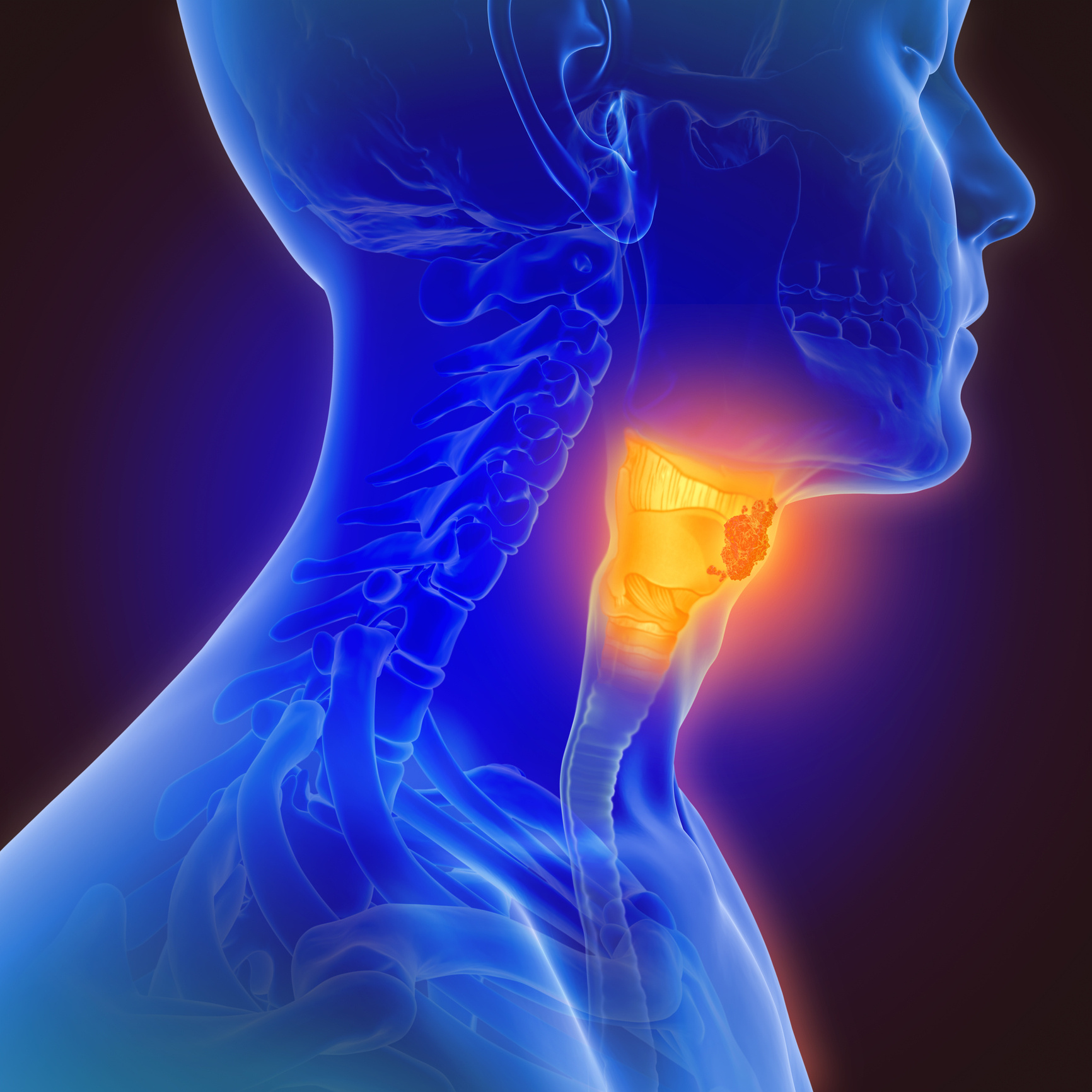
The pharynx, or throat, is located behind the nasal and oral cavities. Its upper part is connected to the nasal cavity (nasopharynx), while its lower part (hypopharynx) continues to the esophagus. Throat cancers include cancers of the base of the tongue, uvula, tonsil tissue, and the back walls of the throat. Oropharyngeal and hypopharyngeal cancers are considerably rarer than nasopharyngeal cancers. Worldwide, an estimated 123,000 new cases of oropharyngeal and hypopharyngeal cancers are diagnosed annually.

Tongue cancer is one of the types of oral cancer that develops from the cells found in all areas of the tongue. This condition can lead to the formation of tumors, growths, and lesions in the mouth. Tongue cancer is divided into different subtypes depending on which part of the tongue it develops in. These subtypes have their own specific symptoms. The most common symptom of tongue cancer is the presence of non-healing sores on the tongue. While tongue cancer is more commonly seen in older individuals, there has been a recent increase in cases among younger and middle-aged individuals. With early diagnosis and treatment, tongue cancer can be managed and treated effectively.

Head and neck cancers refer to the uncontrolled and abnormal growth of cancer cells in the head and neck area of the body. Early diagnosis and treatment of head and neck cancers are crucial. While these cancers can be treated successfully in many cases, they can also cause permanent damage in some situations. To prevent such damage, various treatment methods can be applied to eliminate the cancer cells or halt their progression.

Oral cancer is a global health problem and ranks second in frequency among head and neck cancers in our country, with developed countries being the most affected. As with many conditions, early diagnosis and treatment are crucial for this type of cancer. Oral cancer, which is classified under head and neck cancers, refers to cancers that develop in any part of the mouth area, including the inside of the cheeks and gums. This malignant tumor, also known as oral cancer, typically originates from the squamous (flat) cells in the mouth, tongue, and lips. To learn more about this cancer type, you can continue reading the article.
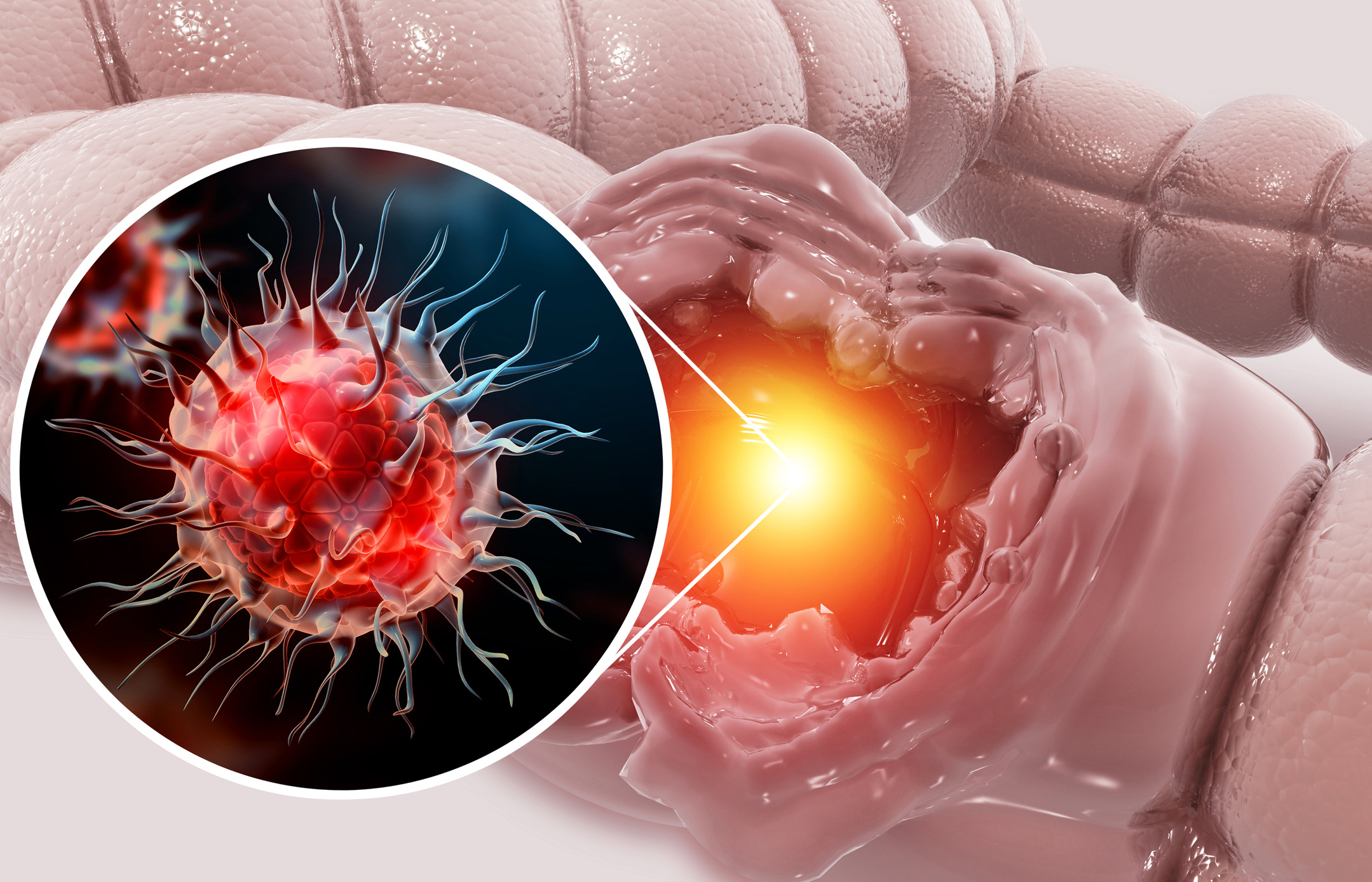
The rectum is the last 15 cm of the muscular channel called the colon, which is an important part of the digestive system. Tumor cells that develop in this 15 cm area may lead to rectal cancer once they reach a certain number. It is a type of cancer with a high mortality rate, which is why early diagnosis and treatment are critical. Rectal cancer may develop without symptoms in some cases. Some patients may experience symptoms such as rectal bleeding, diarrhea, constipation, and unexplained weight loss. A family history of rectal cancer and certain hereditary disorders may increase the risk of rectal cancer. Treatment procedures may vary depending on the stage of the cancer. The general treatments include surgery, chemotherapy, radiation therapy, and targeted therapy.

Pancreatic cancer is a condition that affects the pancreas, an organ located in the abdominal region that helps with digestion. Symptoms may include nausea, bloating, fatigue, jaundice, and loss of appetite. Treatment methods include surgery, chemotherapy, and radiation. Due to the difficulty of detecting the disease in its early stages, it can lead to serious complications.

Stomach cancer is a type of cancer that occurs due to the uncontrolled growth and multiplication of cells lining the surface of the stomach. It can form at the junction of the esophagus and stomach or in the body of the stomach. Compared to other cancers, it develops more slowly.

Skin cancer, contrary to popular belief, is a common type of cancer. Research has shown that nearly one in five people will develop skin cancer at some point in their lives (1). Moreover, if diagnosed early, the disease can be completely treated. Common treatment methods include excision, cryotherapy, chemotherapy, radiation, and Mohs surgery. Appropriate treatments can be applied based on the type or stage of the disease. In some cases, a combination of several treatment methods may be used. Early diagnosis is crucial for complete treatment, so it is important to pay attention to any changes in the skin. To avoid skin cancer, it is important to have a dermatology check-up at least once a year.
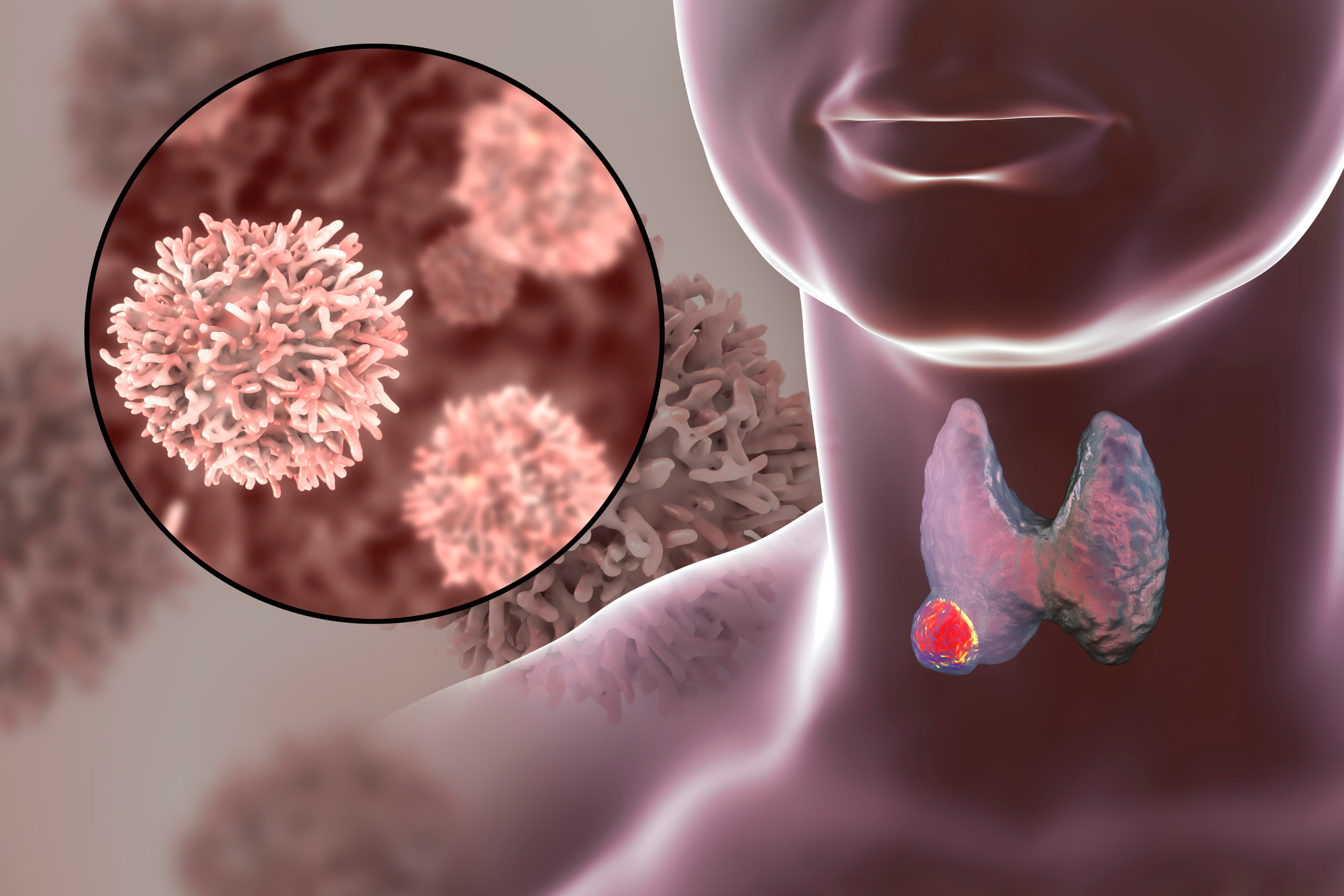
Thyroid cancer is an uncontrolled cell growth that starts in the thyroid gland and has many types. While most types grow slowly, some can be aggressive. This type of cancer may not cause any symptoms in its early stages; however, as the cancerous tissue grows, it can lead to symptoms such as swelling in the neck, changes in voice, and difficulty swallowing. Thyroid cancers account for approximately 1% of all cancers【1】. In recent years, the incidence has increased particularly among the female population. Imaging methods may be used during the diagnosis stage. Most thyroid cancers can be treated with various procedures, and the types of cancer that respond best to treatment are small tumors in the early stages.

Breast cancer is the most common cancer among women and the leading cause of cancer-related deaths. It accounts for 24% of all female cancers and 15.5% of cancer deaths. It is reported that 1 in 8 women will be diagnosed with breast cancer at some point in their lives. Rarely, breast cancer is also seen in men, with 1 man diagnosed for every 100 women. The incidence of breast cancer has been found to increase every year.

The skin is an organ that protects the body against external factors such as heat, light, microorganisms, and injury. Acting as a vital barrier for organs, the skin helps maintain body temperature, receive various signals from the environment, and provide immune system defense. The thickness and texture of the skin can vary among individuals. However, all humans have skin composed of three layers. The outermost layer of the skin is the epidermis, which contains melanocytes that give color to the skin. Beneath the epidermis lies the dermis, which houses sebaceous glands, hair follicles, nerve endings, and sweat glands. The innermost layer, the hypodermis, is a fatty tissue where body fat is stored. Each layer can have different functions. The sebaceous glands in the dermis are small glands that help reduce fragility by covering hair follicles. The lumps that occur due to the excessive growth of cells in this fatty tissue are called lipomas. Lipomas can form in any area where fat cells are present, and they are generally benign and usually harmless. Known as "lipomas," these lumps are painless, mobile, and fatty. They typically occur in adults aged 40-60 years. The formation of cancerous lipomas is rare and is referred to as "liposarcoma." Dermiste bulunan yağ bezleri kıl köklerini kaplayarak kırılganlığı azaltmaya yardımcı olan küçük bezlerdir. Bu yağ dokusundaki hücrelerin aşırı şekilde büyümeleri sonucu oluşan yumrulara yağ bezesi denir. Yağ hücrelerinin bulunduğu her bölgede oluşabilen yağ bezesi iyi huylu ve genellikle zararsızdır. “Lipom” olarak bilinen yağ bezeleri ağrısız, hareketli ve yağlı yumrular şeklindedir. Genellikle 40-60 yaş yetişkinlerde görülebilir. Kanserli lipom oluşması nadirdir ve “liposarkom” olarak adlandırılır (1, 2).


Lymphoma is a general term that describes cancers originating from the lymphatic system, which is part of the immune system. Lymphomas are commonly known as lymph node cancers, but the disease can also occur in organs without involving the lymph nodes.

The high prevalence of breast cancer, its increasing frequency, the possibility of treating it in its early stages, and the ability to diagnose it at an early stage under current conditions all increase the importance of screening methods for breast cancer.

Certain types of cancer are more prevalent in childhood. Early detection of these cancers is more likely when families are aware of the symptoms. Cancers detected early are easier to treat and have less chance of spreading.
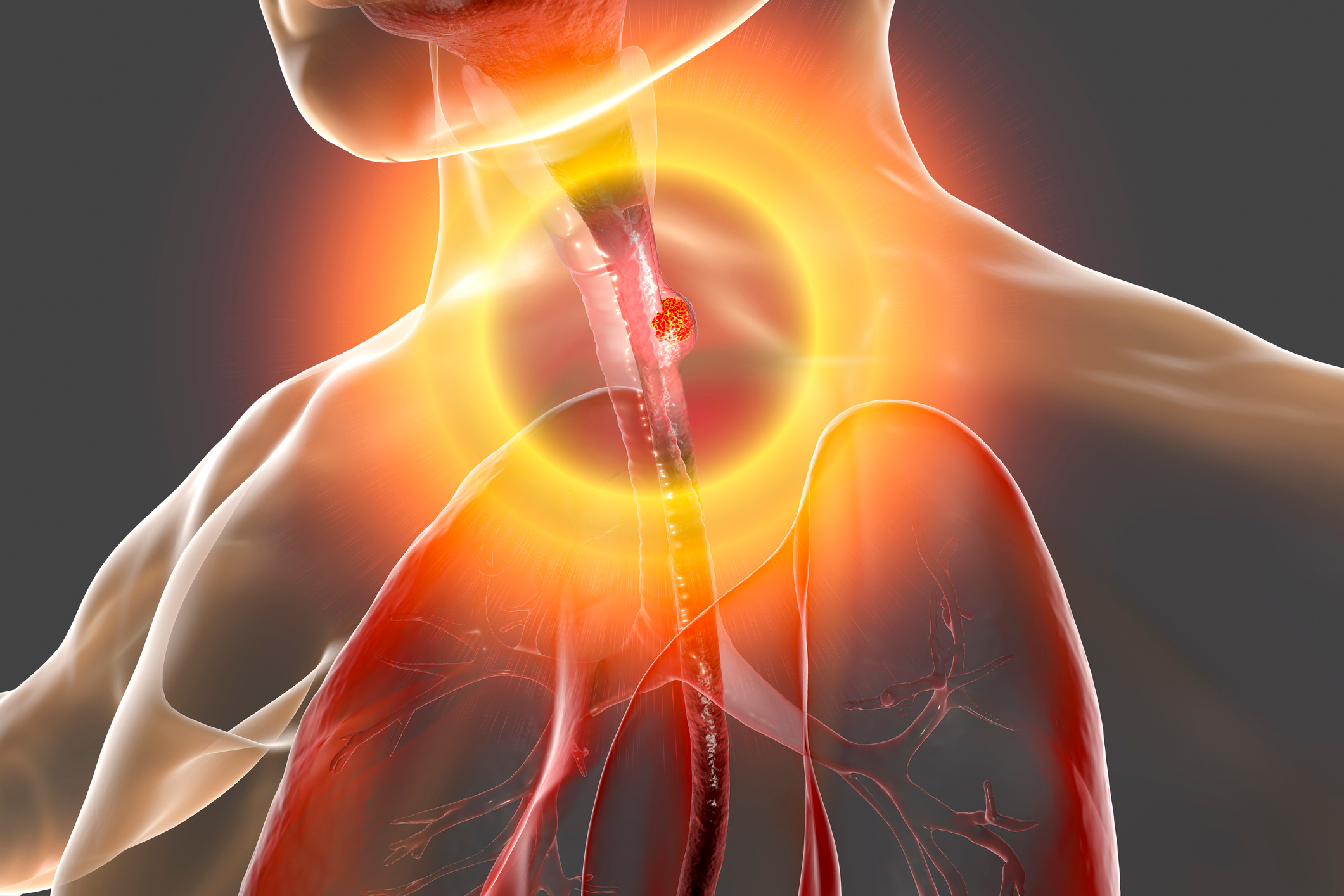
Esophageal cancer is a condition that affects the esophagus, the long, muscular tube that carries food from the throat to the stomach. Symptoms are often not noticeable until the cancer has spread, making early detection challenging. The most common types are squamous cell carcinoma and adenocarcinoma. Squamous cell carcinoma typically develops in the upper part of the esophagus, while adenocarcinoma usually occurs in the lower part. Symptoms may include difficulty swallowing, pain, weight loss, indigestion, and esophageal blockage. Risk factors include chronic reflux disease, obesity, and certain dietary habits. With early diagnosis, doctors can successfully intervene with surgery and other treatments

Brain cancer is the rapid and uncontrolled multiplication and growth of malignant tumor cells in the brain. The cells responsible for brain cancer have the ability to self-renew. Brain tumors can occur in the pituitary and pineal glands, the membrane on the surface of the brain, and the nerves. Secondary tumors, which originate in other parts of the body and spread to affect the brain, are more common than primary brain tumors that arise directly in the brain. The most commonly observed cases of brain cancer originate from secondary brain tumors. In 2022, it was reported that more than 1,900 people, with an average age of 59, were diagnosed with brain cancer worldwide.
Featured Cancer Articles
- 6 Nutrition Tips for Those Who Fast
- What is Disease X (Virus X)?
- How Does Cancer Form?
- What is an Ovarian Cyst?
- What is Cervical Cancer?
- What Are the Symptoms and Treatment Methods of Testicular Cancer?
- Symptoms, Diagnosis, and Treatment Process of Bladder Cancer
- Liver Cancer
- What is Stomach Cancer? What are Its Symptoms and Treatment?
- Thyroid: What is it, Symptoms, Diagnosis, and Treatment


